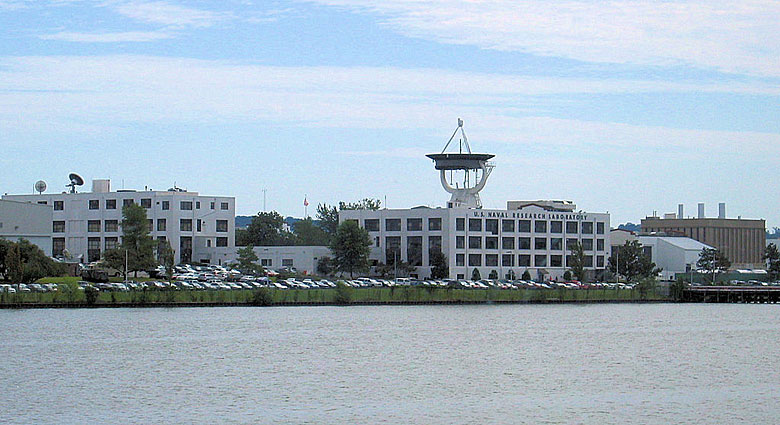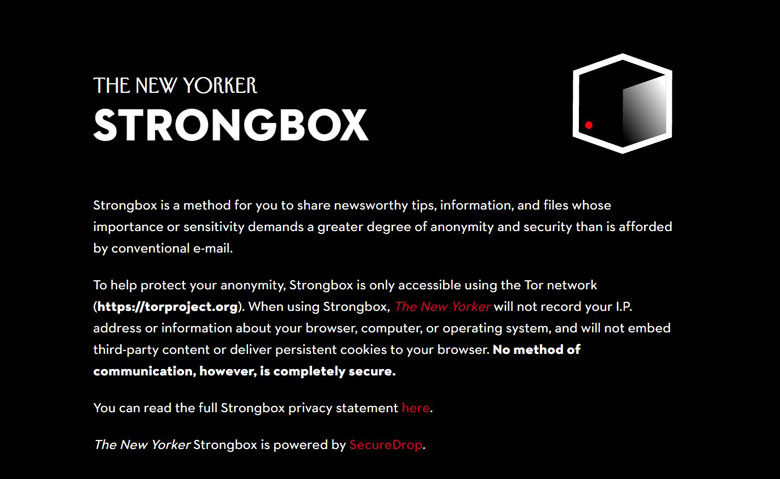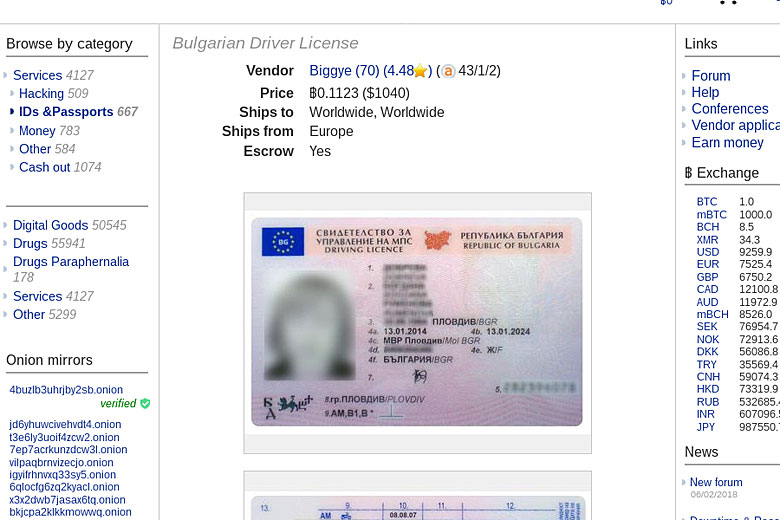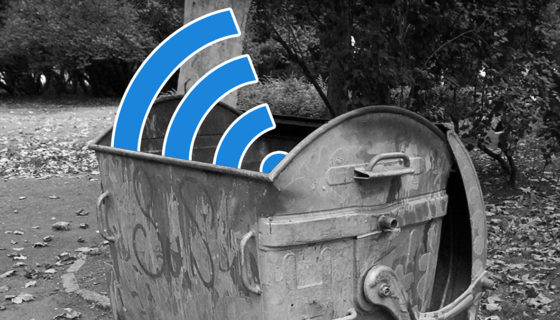The Good, The Bad and the Ugly of the Dark Web
The Good, The Bad and the Ugly of the Dark Web
You may have heard of the infamous Dark Web as a place where drugs or credit cards are sold and distributed among thieves. In reality, much of it is nothing to be afraid of and provides a unique look at the human experience. In this article, we’ll provide a brief history and tour of the Dark Web, in order to shine a bit of light on this mysterious and hidden world.
Please Note: We do not recommend attempting anything in this article without professional knowledge and experience. Even visiting some of the places mentioned in this article could land you in some trouble.
Dark Web Beginnings

What so many people call the Dark Web is really only a collection of computers that create an Internet requiring specific software, configuration, or authorization to access. Of the many Dark Webs, the most popular is The Onion Router, also called Tor. It was developed in the 1990’s by the United States Naval Research Laboratory. The purpose of Tor was to protect U.S. intelligence communications online. In 1997, DARPA (Defense Advanced Research Projects Agency) further developed Tor.
The Dark Web Today

Many believe the Dark Web to be an evil place. Public knowledge of it was scarce until the FBI arrested Silk Road founder Ross William Ulbricht in 2013. The Silk Road was a marketplace accessed via Tor where illegal drugs, arms and services were bought and sold.
This event greatly tarnished the reputation of the Dark Web, which was really no more than a pseudo-anonymous way to communicate and interact online. Daily users of the Dark Web include privacy advocates, whistleblowers, citizens of countries with harsh regimes and even readers of banned books.
Unfortunately, like many other systems that are misused, this underground online world is a breeding ground for crime. The drug trade runs rampant and illicit activities stand fast on the Dark Web. It’s the favorite place for hackers to buy computer viruses or sell personally identifiable information such as credit cards, social security numbers and driver’s licenses.
One of the things the Dark Web provides, as opposed to the standard Internet, is a bit more privacy. Several whistleblower sites are maintained here and the anonymous “drop boxes” allow users to divulge information without fearing their identity will be compromised.
Dark Parts of the Dark Web

Due to the open and private nature of Dark Web sites, many illicit activities can be found there. Online marketplaces allow the sale of things like drugs, fake identification and even organs. These marketplaces function similarly to other popular online retailers, featuring reviews, product rankings and communication capabilities.
Although the Dark Web provides a way to traverse the Internet anonymously, you can still get yourself in trouble. If browsing this hidden section of the Internet interests you, you should take great precautions when it comes to things like downloads or purchases, even of legal items. Tor is incapable of handling downloads anonymously so that traffic could be viewed by a third party. Additionally, many times Dark Web content is riddled with malicious code that hackers embed, hoping someone will download it.
Purchasing items can be even more of a danger, as identity thieves are lurking around many corners on the Dark Web. Bitcoin has been discussed on ITS before and offers a bit of anonymity when it comes to transactions. This guide offers information on how to set up an anonymous Bitcoin wallet.
The Dark Web Is What You Decide It Is
The reputation of the Dark Web can possibly exceed its reality, but it can still be a very interesting place to explore and share information anonymously. It allows you to see parts of the world that have been hidden before. You hear real stories that you won’t find covered by any news organization. However, don’t forget that there’s still a fair bit of darkness lurking.











Discussion